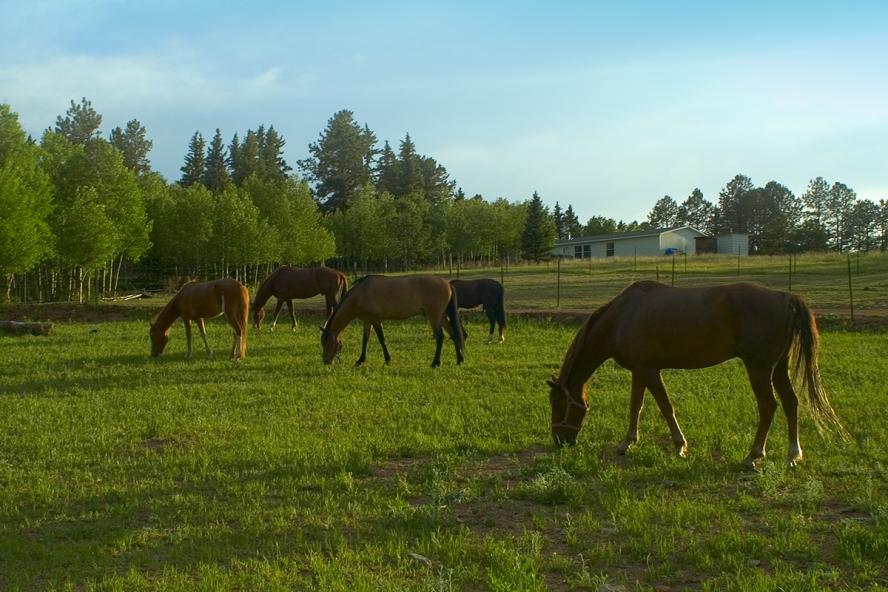-
About
- Leadership & Faculty
- News & Events
-
Academics
- Graduate
- Advanced Clinical Training
- Continuing Education
- Academic Departments
- Academic Offices
- Simulation Experiences
-
Student Life
- Offices
-
Research
-
Hospitals & Clinics
- Emergency Care
- Hospital Services
-
Community Outreach
- Volunteer
Equine Welfare Organizations Maintain High Care Standards Despite Funding Challenges
The Center for Animals in Public Policy collaborates on new survey

The Center for Animals and Public Policy (CAPP) at Cummings School of Veterinary Medicine at Tufts University, in collaboration with the Homes for Horses Coalition, has released a new report based on a survey of equine welfare organizations across the United States. The results show that while many horse welfare organizations grapple with small budgets and limited paid staff, they maintain high standards for the horses under their care.
The goal of the project was to obtain current and representative data on rescues, sanctuaries, humane societies, and other organizations that take in and care for all types of equines. The survey was designed to provide information that will guide new programs to support these organizations.
“As concern about the number of homeless horses and other equines grows in the United States, the need for equine-focused research is pressing,” said Mary A. Koncel, VG09, CAPP adjunct instructor and a member of the research team. “We’re very grateful to the organizations that took part in the survey and believe it will serve as a foundation for further research to better understand organizations that care for equines and relinquishment and rehoming issues.”
“There are so many great organizations around the country providing essential care to equines in need, many with very limited funding, resources and staff,” said Tessa Archibald, A20, VG21, manager of the Homes for Horses Coalition and policy associate for the Equine Program of the Animal Welfare Institute, national sponsor of the Coalition. “This report highlights their important work, as well as the need for increased investment and support for the equine welfare sector.”
The online survey collected data from 2023 in three categories: organizational structure and finances, equine residents, and veterinary and health care.
The participants represented 129 organizations from 39 states in all regions of the United States. Collectively, they took in more than 3,000 equines in 2023.
Among the survey’s major findings:
- Most of the responding horse welfare organizations are small with limited budgets and rely heavily on trained volunteers. Despite these constraints, they maintain high welfare standards for their equine residents, implementing intake protocols and adoption contracts and providing both traditional veterinary care and alternative/complementary care.
- Many organizations struggle with rising operational costs—most notably for feed/hay and veterinary care. Declines in donations and scarcity of grants for equine welfare exacerbate the situation. Responding organizations noted that corporate support is minimal.
- Organizations in rural areas face further challenges, including greater difficulty finding staff and volunteers, limited community support, lack of access to veterinary services, and fewer opportunities for fundraising. The scarcity of rescues in some states also places an extra burden on those organizations currently operating.
“These findings underscore the emphasis equine welfare organizations are already placing on the health and wellbeing of the equines in their care, despite the many resource challenges they face,” said Allen Rutberg, associate research professor and CAPP director. “We hope the findings in this report will pave the way for further research and collaboration, and, ultimately, the creation of initiatives to support these organizations and the equines they care for.”